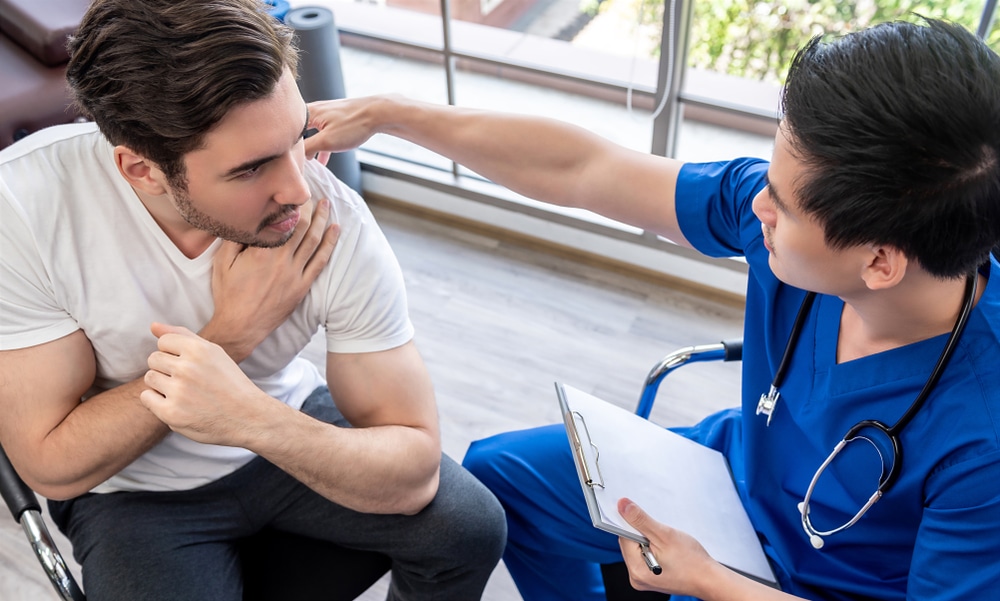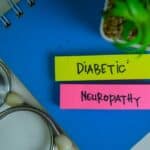
Debunked Myths Around Shoulder Joints
For athletes in nearly every sport, shoulders are essential. Shoulder joints are multifunctional because their range of motion is exceptional. However, the same broad spectrum of motion makes the shoulder articulations very unstable. The shoulder joint is highly dependent on the muscles surrounding it due to its mechanical instability. The muscle imbalance in the shoulder corresponds to a high risk of shoulder pain. Exercises for shoulder pain and other remedies may be in order.
There are many myths about the shoulder and rotator cuff. Let’s debunk some of the most common myths together.
Myth 1. Shoulder weakness doesn’t necessarily mean a tear of the rotator cuff
Fact: The rotating shoulder cuff consists of four key muscles, which control most upper arm movements. Shoulder impingement is where an active athlete cannot attribute his sudden weakness and soreness in the shoulder after an incident. Because of it, the rotator cuff may stop rotating and face stiffness.
You can confirm an accurate diagnosis through a skilled assessment by an orthopedic doctor and treatment by sports medicine available in OKC.
Myth 2. MRI is the only way to diagnosis
Fact: An MRI doesn’t always tell you what we need to know or shows what we suspect already and can be misleading. It can result in many wasted dollars and time in healthcare. Your doctor can recommend an MRI if needed.
Myth 3. You need surgery to fix the tear in the rotator cuff
Fact: Conservative therapy, including rest, ice, and anti-inflammatory drugs, may improve functioning and decrease pain in patients with rotary cuff injuries or tears. Your sports medicine doctor in OKC will be able to make the best judgment, but surgery is usually a last resort.
Myth 4. Overhead exercise is the only way to make shoulders strong
Fact: The same lifting and moving arm muscles lift to the horizontal arm level as lifting the arm over the top. Lifting the arms over the shoulder leaves the shoulder joint very stressed. Therefore, a resisted upward overhead pressure will lead to a higher risk of injuries to the rotator muffle, labrum, muscles, tendons, and joint surfaces.
Myth 5. Exercise may make the situation worse
Fact: Vigorous exercise might aggravate your state. Therefore, seeing someone trained and qualified to prescribe the proper exercise for yourself is essential. Many will try looking things up online, or other healthcare providers will give them general shoulder exercises. Go easy if you don’t work out in 1-2 weeks.
Myth 6. Chest Muscles are the key to preventing shoulder injury
Fact: For pushing to bear hug moves like push-ups and bucket carriers, both pectoral chest muscles are essential. For most athletes, the external shoulder rotators are the most important muscle group to avoid shoulder damage. This group of muscles is important because when the arm is moving, it controls the movement of the humerus or upper arm. However, weak outward rotators allow the head of the humerus to glide too much upward and soon follow the dreaded shoulder impingement syndrome.
Some More Facts
-
A group of four muscles – supraspinatus, infraspinatus, teres minor, and subscapularis surround the shoulder joint.
-
It helps to stabilize your shoulder when your arm is on the move.
-
In many cases, overuse of the rotator cuff is responsible for the injuries.
-
One in three people above 30 and two in three people above 70 get unusual things on scans of their rotator cuff.
-
Even after surgery, often the same unusualness continues for some people.
If you suffer from shoulder pain or from trauma, first seek care from the experts in sports medicine in OKC. You may, therefore, call for a thorough evaluation, screening, and treatment by your local physical therapist. Come to Longevity Institute for the right diagnosis and treatment from the experts.
**Disclaimer: This content should not be considered medical advice and does not imply a doctor-patient relationship.






